It can be said that humans are quite familiar with dinosaurs. Whether it is the dinosaur skeleton fossils at the Natural History Museum in London, the dinosaur world in Hollywood science fiction films, or the detailed introductions in school textbooks, from the age of dinosaurs to the extinction of dinosaurs to fossil research, exploration has never been done before. It stops, but it seems there is no end.
Archaeologists and biologists are constantly making new discoveries about dinosaurs.
The latest research has found that the cloaca (excretion and reproductive outlet) of dinosaurs glowed, and this was probably a way to communicate with other species, conveying specific messages, similar to the red and swollen buttocks of baboons when they are in heat.
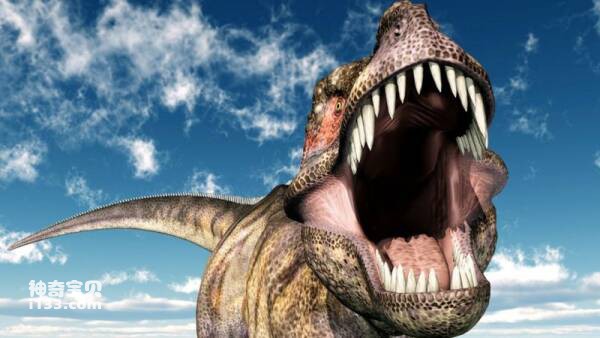
Tyrannosaurus rex is one of the largest carnivores in history.
Jakob Vinther, a lecturer in macroevolution at the University of Bristol, and Diane Kelly, an anatomist and expert on animal reproductive systems at the University of Massachusetts Amherst, report in the academic journal The Conversation Conversation) introduces the latest discoveries about the physiological structure and function of dinosaurs.
This is an unexpected discovery, first published in the journal "Current Biology", from an exhibit at the Senckenberg Museum of Natural History in Frankfurt, Germany: a Psittacosaurus fossil specimen found in the early Cretaceous Jehol sedimentary rocks in Liaoning, China.
Unlike the body structure of other mammals, the cloaca of dinosaurs is a "universal hole" that undertakes all functions: defecation, urination, mating, and laying eggs.
However, most of the unearthed dinosaur fossils do not retain a relatively complete cloaca. Until non-avian dinosaur and avian fossils were unearthed in Liaoning - their scaly skin texture and feathers were perfectly preserved, and even the melanin in the color of their fur and scales was clearly visible.
This provides paleontologists with the materials needed to restore the original skin color of dinosaurs and create colorful three-dimensional specimen replicas.
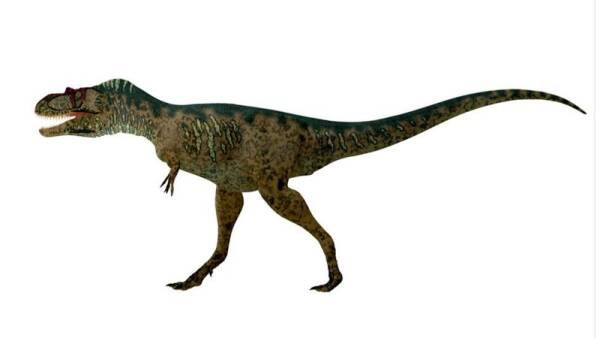
Albertosaurus is a theropod dinosaur of the genus tyrannosaurus.
Paleontologist Bob Nicholls and his colleagues reconstructed the color of the Psittacosaurus during its lifetime. It lived more than 100 million years ago, was about the size of a Labrador retriever, and was a close relative of giant ceratopsian dinosaurs like Triceratops.
Its original colors were restored and projected onto a life-size 3D model, showing that it has anti-shade protection, providing protection in the dimly lit forest.
The even more astonishing secret lies in its buttocks, and the exposure of the secret was purely accidental.
After completing the restoration of the skin color of the Psittacosaurus, the research team returned to the Senckenberg Museum to shoot a short video introducing the color restoration process. When photographed, it was found that its cloaca was perfectly preserved, which was more perfect than any previous dinosaur fossil, making it an excellent specimen for in-depth study.
So the research team began to reconstruct the buttocks of Psittacosaurus from 130 million years ago. The completed model shows that there are a pair of lateral lips on both sides of the cloacal opening, forming a V shape toward the tip of the tail, and between the lateral lips is a lump. The surface of the cloaca is covered with fine overlapping scales, with melanin deposits, making it darker in color. But the gender of the dinosaur fossil cannot be determined.
If the cloacal area of Psittacosaurus was this dark when it was alive, it would not have a protective coloring effect and would appear abnormal.
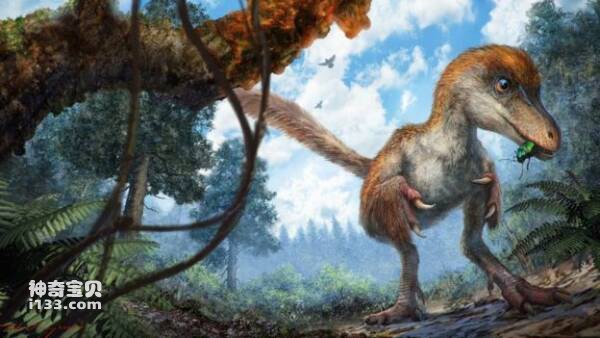
The artist's depiction of this dinosaur is only the size of a sparrow, but you can see the anti-shading protective color of its fur
How to explain this anomaly?
Dinosaurs once coexisted with birds. During the process of biological evolution, birds have developed visual signal instincts for identifying similar species and courting mates, such as peacocks opening their tails.
Some birds directly use their cloaca to signal. For example, the female bird's cloaca will light up during courtship.
It is already known that dinosaurs had quite advanced visual communication functions, such as iridescent feathers. The so-called "naked" dinosaurs are "hairless dinosaurs" whose whole body is covered with scales instead of feathers. Their buttocks and tail are not covered, and they can transmit information through cloacal signals.
The well-preserved buttocks and tail of this dinosaur fossil provide us with precious clues into the social behavior of dinosaurs. However, it is still unclear whether this color signal is for mating or other communication purposes.
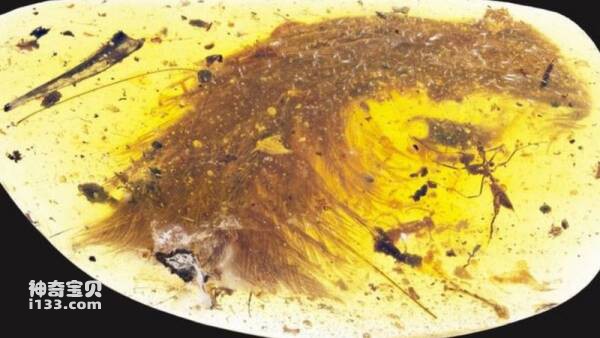
Scientists have discovered for the first time a well-preserved fossil of a hairy dinosaur tail in amber from Myanmar.
Diane Kelly said that in most cases, cloacal specimens of tetrapods provide no information about sex, "those obvious features are hidden inside the cloaca, and unfortunately these features are not preserved in fossils."
Research in this area also requires more well-preserved fossil specimens for comparison and corroboration, and to fill in the gaps in the internal anatomical structure of the dinosaur cloaca.
But one thing is for sure, that is, more than 100 million years ago, dinosaurs had a way of communicating with each other by making their buttocks change color and shine.
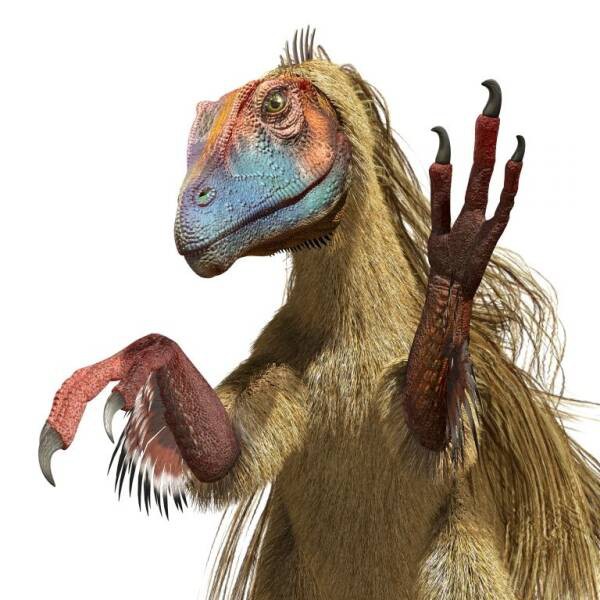
animal tags:
We created this article in conjunction with AI technology, then made sure it was fact-checked and edited by a Animals Top editor.